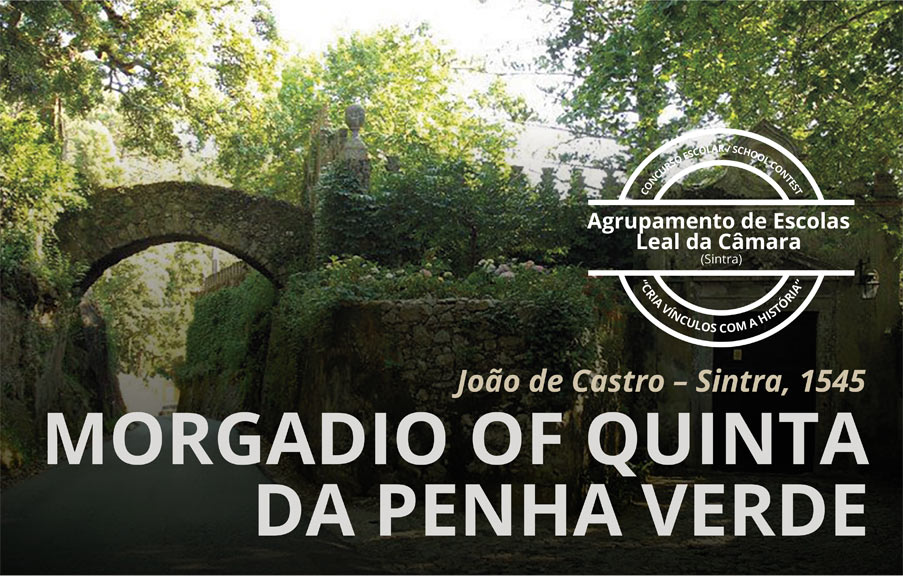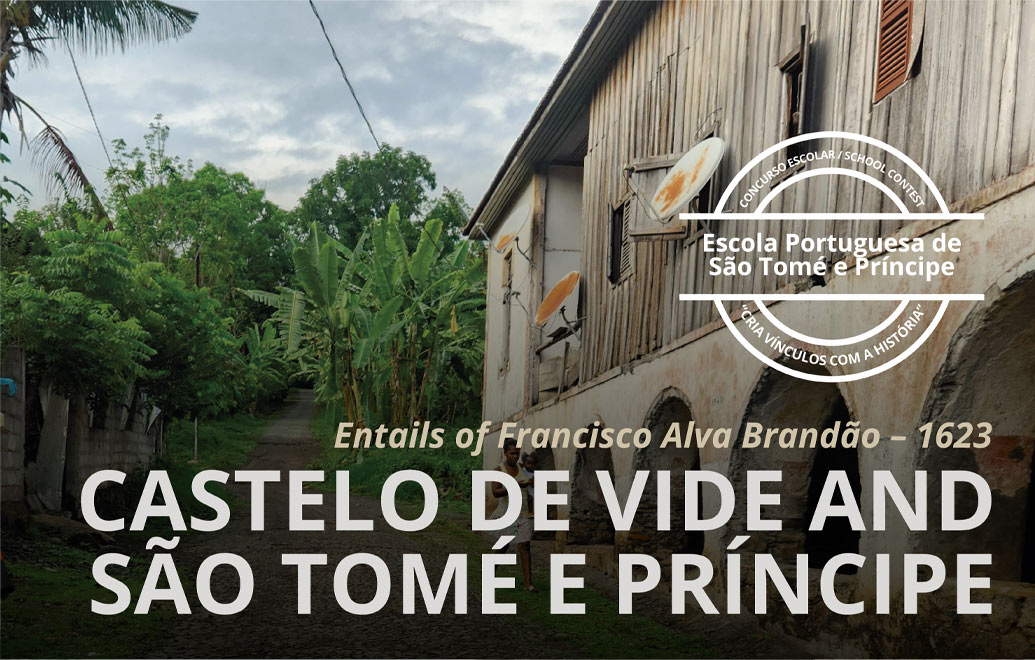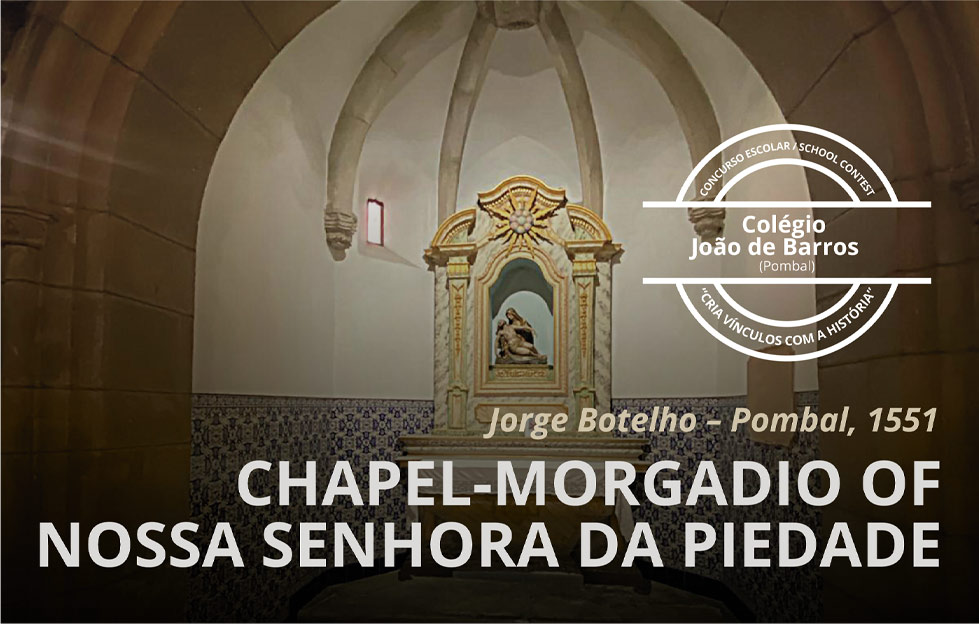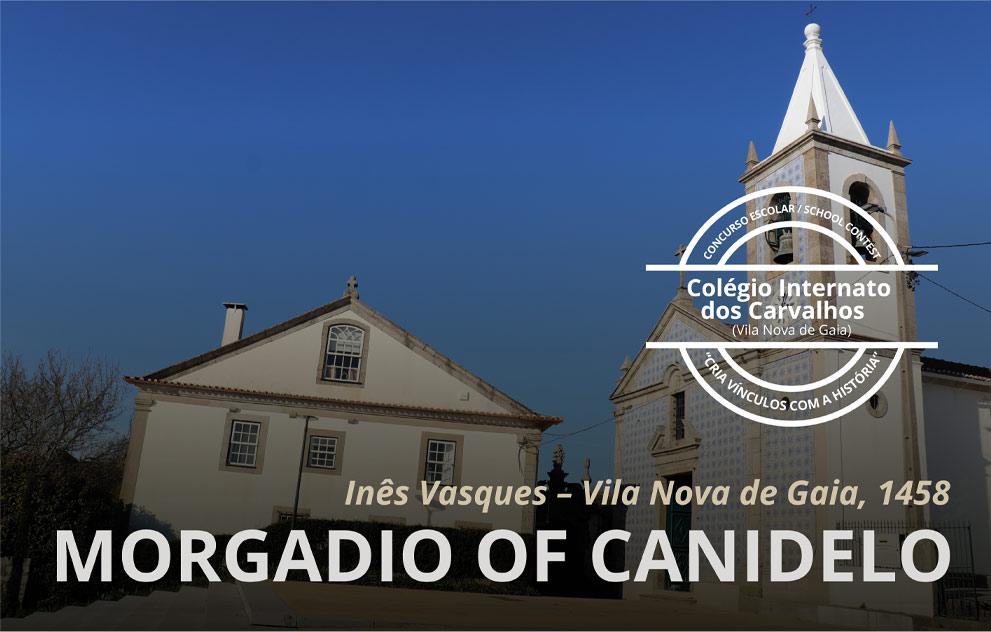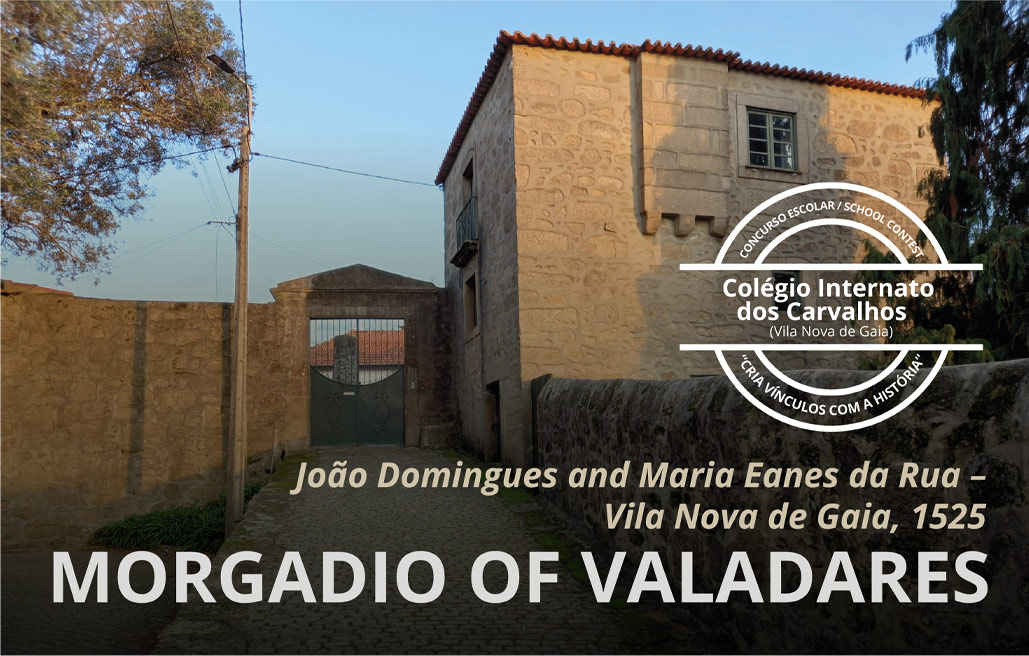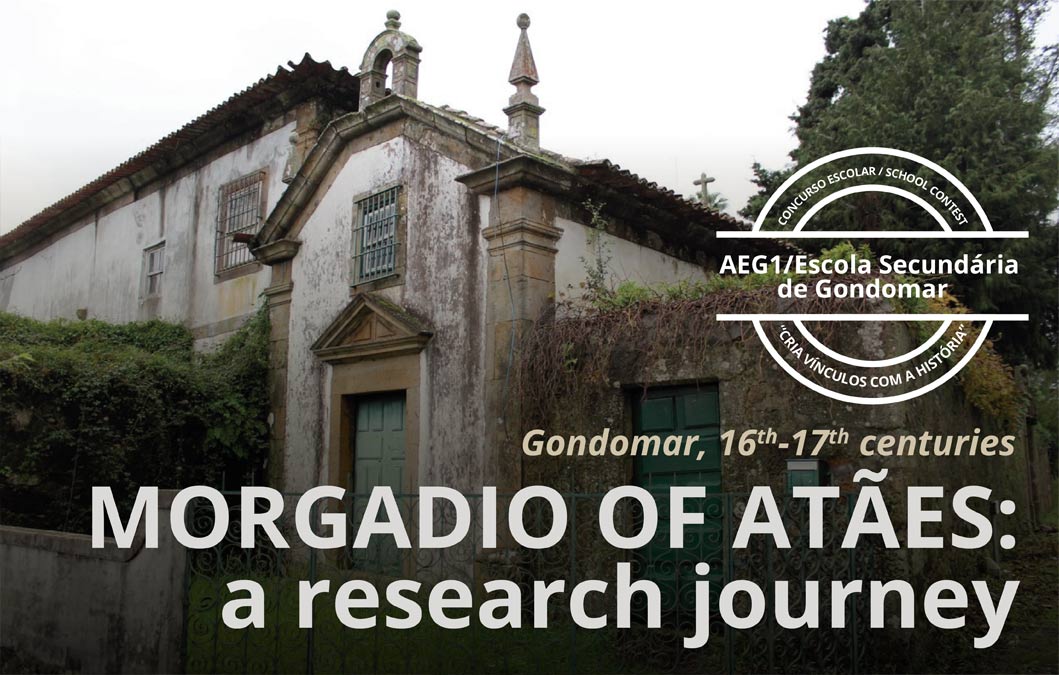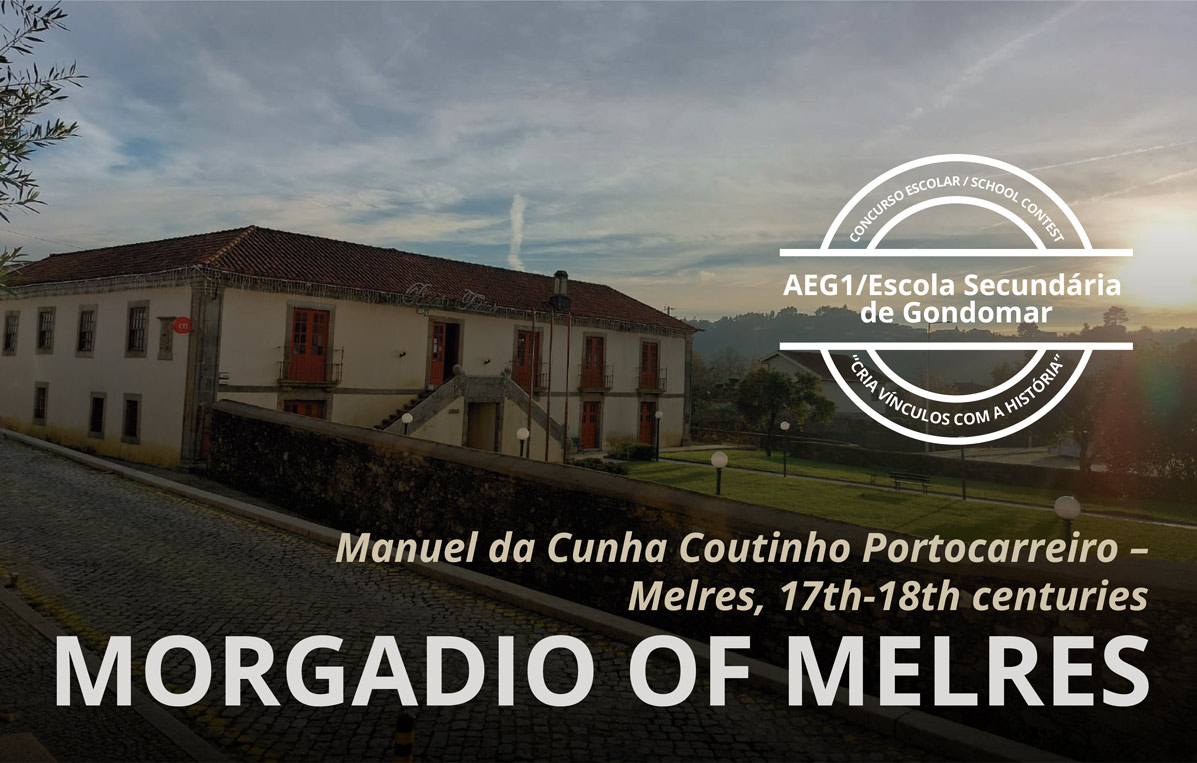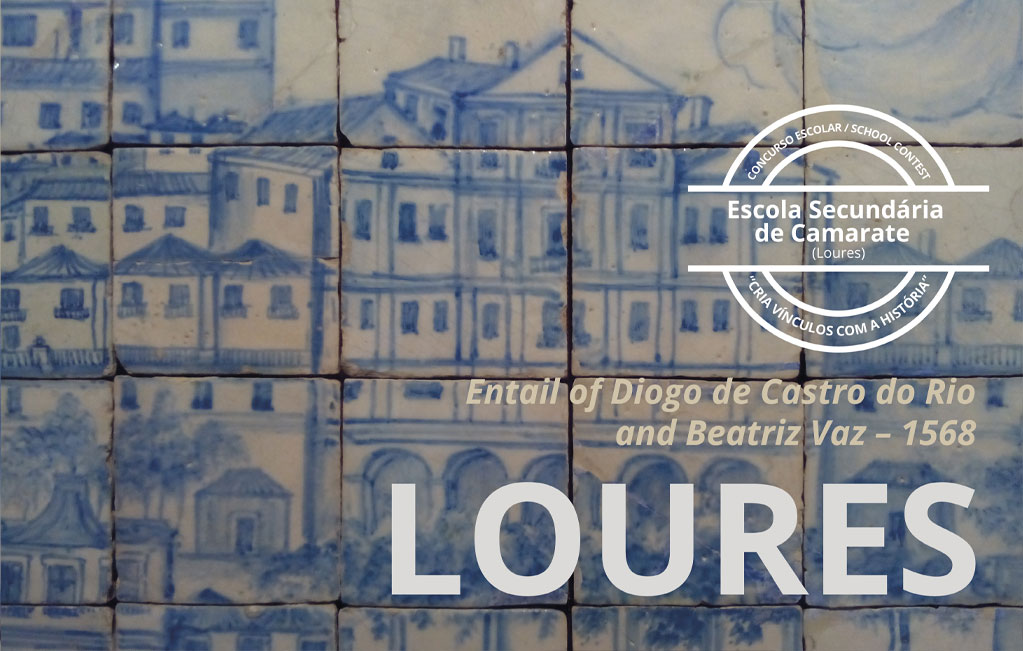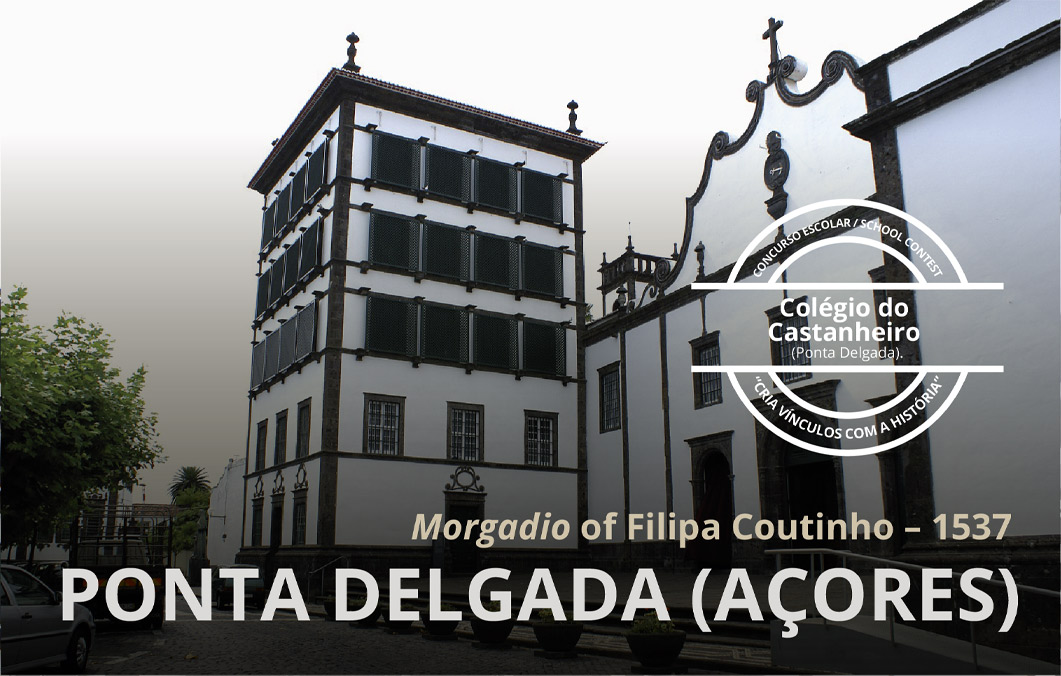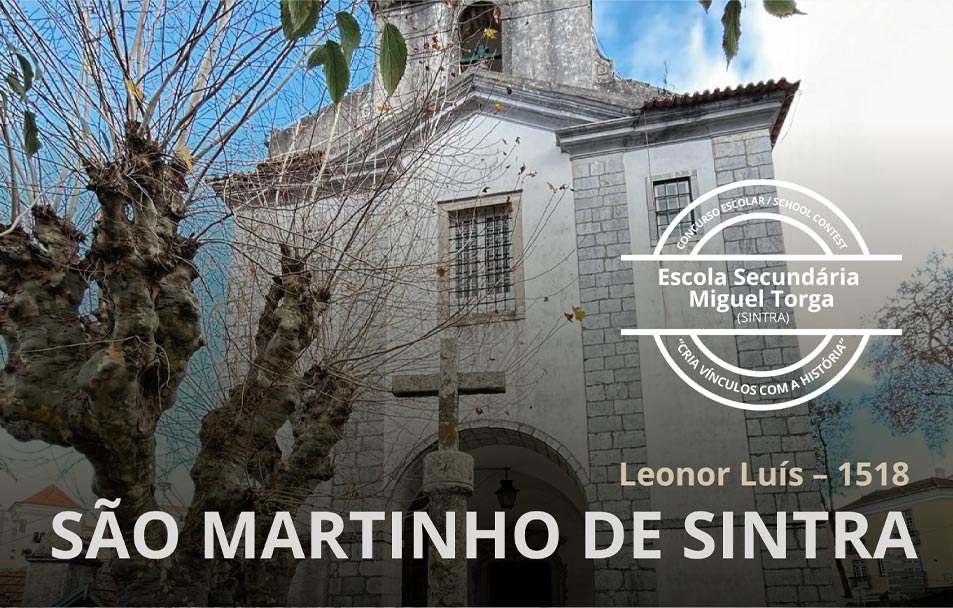Entail of the month (February, 2022)
Morgadio of Quinta da Cerca, by João Lopes Figueira
Almada, 1610
In a plot of land on the outskirts of the medieval walls built to defend the city of Almada, a manor house stands since the sixteenth century. Its name, Quinta da Cerca, a contemporary arts centre since 1993, under the tutelage of the Almada municipality.
The first known reference to the property is a donation letter dated 1582, which is described as “pure and irrevocable” (ADSTB, 1º Cartório Notarial de Almada, Série 1, nr 3, cx. 4385, lv. 009, fl. 53-55). The donation, made by João Lobo (d. 1586), provedor of the Misericórdia de Almada (SOUSA, 2003, p. 112-113), in the absence of direct descendants, transferred along with other assets the land of Cerca to the nephew, João Lopes Figueira. At the time of the donation, the “residence of Cerca in this village of Almada (…) is made up of houses with their courtyard and cistern”, and had extensive orchards, olive groves and vineyards overlooking the sea of “fonte da pipa” (ADSTB, 1º Cartório Notarial de Almada, Série 1, nr 3, cx. 4385, lv. 009, fl. 53v), consisting of the city’s riverside area, which is another element of its historical heritage. From all of the Casa da Cerca’s architecture, which has been the object of successive additions and modifications over time, the cistern located in the north wing is one of the oldest elements, and a mark of its owners’ socio-economic standing.
The beneficiary, João Lopes Figueira, was the Quinta da Cerca entail founder, as stated in his will, dating from 1610. It referred to the possession in “memory of my grandparents and uncles who made it” (ANTT, Inventários Orfanológicos, Letra D, nr 79, fl. 155), indicating its existence down in time.
The profile of the Quinta was solemnly heightened in João Lopes Figueira’s will, in that it explicitly mentioned that the “kings of this kingdom” had stayed at the Cerca. The terms in which the entail was registered in that solemn document, marking the origin of the entailment among João’s descendants, express the social importance which the founder, already a wealthy man, further attained from the fact that he was close to the monarch.
“(…) [the] farm and dwelling place called Cerca, in Almada, where I now live, which is a noble abode in which the kings of this kingdom have been; and to which they will always return, if the occasion arises; and in memory of my grandparents and uncles who have created it, and to honour this abode as also that of the rulers of this kingdom” (ANTT, Inventários Orfanológicos, Letra D, nr 79, fl. 155).
Other contemporary documents confirm that at least one other royal visit took place in a historically meaningful context. The description of the military expedition led by King Filipe I (r. 1581-1598) to Portugal in 1581, authored by Mestre Afonso Guerreiro, tells us that, after disembarking in Cacilhas, “he [the king] went to his apartment, which was located in the houses belonging to João Lobo”, adding that he stayed there for a fortnight (GUERREIRO, 1581, p. 16 apud VIEIRA, 1995, p. 30). In a letter of 26 June, addressed to the royal infantas, the monarch tells them that in “a high-raised room, from where I write, there is a window looking over the whole of Lisbon” (BOUZA, 1998, p. 43-44). Decades later, his son and heir, Filipe II (r. 1598-1621), also stayed at the property, as he settled in Almada with his entourage between 26 May and 5 June 1619 (SILVA, 1987, pp. 286-287).
Despite this, the succession to the chapel still fell to the firstborn male. So as to protect the patrimony from being divided or alienated, the following was established: “[Concerning] Male children or more, and [if] the oldest has already fathered a legitimate firstborn son. If this firstborn dies, having already been a father during the life of his father before being an administrator of the said morgado, in this case the said morgado goes to the second son of the said holder of the morgado, and not to the grandson of the late firstborn son” (ibid., p. 8). Also to be noted was the obligation to adopt the surname “do Rio”, to underline the founding of the entail and to mark out a customary form of ennoblement. Finally, so as to prevent any relatives from claiming the morgadio, the vicar-general of the Dominican Order and the priests at the convent of São Domingos were given the task of appointing a new administrator, who must be “wise in conscience and of repute, capable of fulfilling and keeping the rules herein contained, and be at least forty years of age” (ibid., p. 11).
The couple’s eldest son, António Mendes do Rio was to oversee the administration of the assets, consisting in a vast set of properties and gold jewelry, such as a “big [necklace] belonging to the said Lopo Mendes, measuring twenty-seven turns” (ibid., p. 6). Lopo and Leonor’s financial means, as shown in their will, seems to have gone almost unnoticed in their burial, which dispensed with the funeral procession (ibid., p. 4). The fact remains, however, that the founders were to use the convent’s chapter house for their burial and burying their descendants’, a key space within the architectural and religious functioning in São Domingos (ROSA, 2012, p. 379).
Regarding the fate of the morgadio in Lopo Mendes do Rio’s lineage, the sources attest to the continued success of the founders’ descendants. The firstborn, António Mendes, became an appeal judge at the Casa da Suplicação (ANTT, Corpo Cronológico, parte I, maço 82, doc. 74); his daughter, Mécia, came to marry Antão Gonçalves, a naval captain in the India trade and the castle governor of Sesimbra, a position perhaps tied to his father-in-law (OLIVEIRA, 2008, p. 546, nt. 2752); while another child, Francisco, became a knight of the Order of Santiago and governor of one of the Order’s castles (PIMENTA, 2001, p. 429).
When instituting the Quinta da Cerca entail, João Lopes Figueira included other assets, such as the Quinta de Vale de Mourelos (then known as “Quinta do Crasto”) and the Quinta de Loures, valued at 800.000 réis altogether, to be inherited by his son, Vicente Figueira de Altero — although he was never allowed “to sell, exchange or alienate it in any way”. Regarding succession to the entail, the founder referred generically to the clauses of the morgadio of Gaspar Moreira, brother of his father-in-law, Henrique Moreira. It was common to look back to foundation documents already available in the family, as a model when putting down later entails.
When the first administrator, who was the only male child of João Lopes Figueira and Filipa Moreira, died in 1624 with no descendants, the Cerca morgadio fell to his sister, Joana Lobo Pereira (d. 1650), the wife of Cristóvão Mouzinho de Castelo Branco. In the late sixteenth century, Filipe Lopes Correia (d. 1736) took over as administrator, following tenure by his mother, Filipa de Castelo Branco (m. 1670). Given the early death of his heir, Diogo Joaquim de Sequeira (1708-1737), succession fell to his brother, Simão de Sousa e Távora de Sequeira Correia (1711-1783).
At the intersection of history, art and heritage, Casa da Cerca still sits, as it always has, “over the sea, very suitable for the view of the city [Lisbon], and the towers of Belém and São Gião, and of the whole sea as far as the boca da barra”, citing Mestre Afonso Guerreiro (GUERREIRO, 1581, p. 16 apud VIEIRA, 1995, p. 30). Today, the contemporary arts centre combines science and ecology thanks to its botanical garden, O Chão das Artes, meant to preserve natural species — the same landscape once filled by the orchards belonging to the first owners.
Joana Soares, Maria Beatriz Merêncio, Maria de Lurdes Rosa, Margarida Leme, Rui Mendes
With the collaboration of the Almada Municipality
Coordination: Rita Sampaio da Nóvoa
Sources and bibliography
ARQUIVO DISTRITAL DE SETÚBAL – 1º Cartório Notarial de Almada, Série 1, nr 3, cx. 4385, lv. 009. Available at: https://digitarq.adstb.arquivos.pt/details?id=1172305 [accessed on 22 January 2022].
ARQUIVO NACIONAL DA TORRE DO TOMBO – Inventários Orfanológicos, Letra D, nr 79.
BOUZA, Fernando (ed.) – Cartas de Felipe II a sus hijas, Madrid, Ediciones Akal, 1998.
GUERREIRO, Mestre Afonso – [Relação] das festas que se fizeram na cidade de Lisboa, na entrada del Rey D. Philippe primeiro de Portugal, Lisbon, 1581. Available at: https://purl.pt/14685/3/#/1 [accessed on 22 January 2022].
SILVA, Francisco Ribeiro da – “A viagem de Filipe III a Portugal: Itinerários e problemática”, in Revista de Ciências Históricas, II, 1987, pp. 223-260.
SOUSA, Raul Pereira de – Almada: Toponímia e História, Almada, Câmara Municipal de Almada, 2003, pp. 112-113.
VIEIRA, Aires dos Passos – Almada no tempo dos Filipes, Administração, Sociedade, Economia e Cultura, Almada, Câmara Municipal de Almada, 1995.
Other entails of the month



